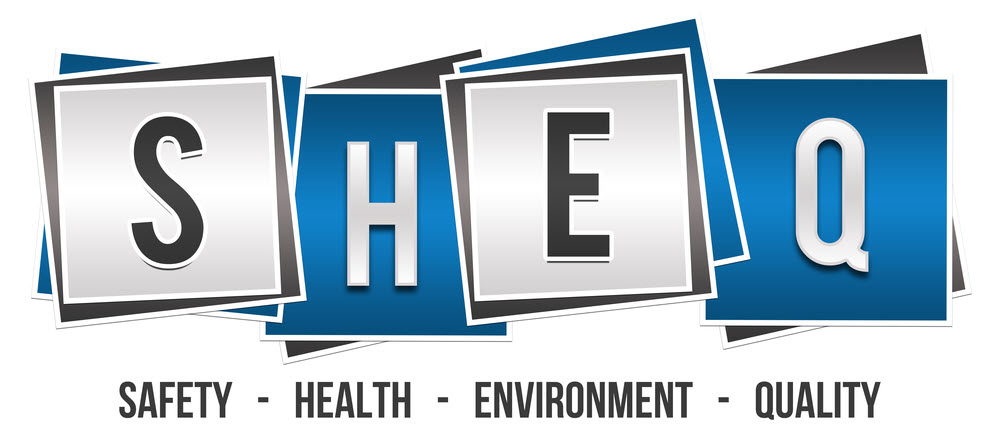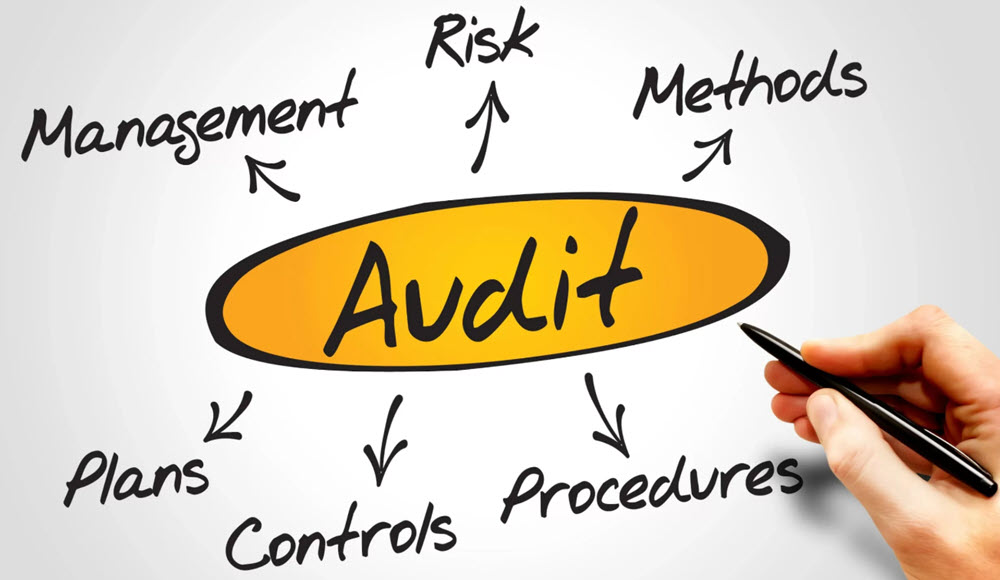EQMS Blog

How to Ensure ISO 9001 Compliance
Achieving and maintaining ISO 9001 compliance is essential for organisations committed to delivering high-quality products and services while continuously improving internal processes. ISO 9001 is the internationally recognised standard for Quality Management Systems (QMS). Compliance with the standard demonstrates a company’s dedication to quality, customer satisfaction, and operational excellence.
In this article, we will explore how to ensure ISO 9001 compliance by examining the standard’s core requirements, key implementation strategies, and methods to sustain compliance over the long term.
Understanding the Requirements of ISO 9001
Before embarking on the journey towards ISO 9001 compliance, it is crucial to have a clear understanding of the standard’s requirements. ISO 9001 is based on a number of quality management principles including customer focus, leadership, engagement of people, process approach, improvement, evidence-based decision making, and relationship management.
At the heart of ISO 9001 is the Plan-Do-Check-Act (PDCA) cycle, which promotes continuous improvement. The standard is structured into several clauses, of which clauses 4 to 10 outline the operational requirements as outlined below.
- Context of the organisation (Clause 4): Understanding internal and external issues, needs of interested parties, and defining the scope of the QMS.
- Leadership (Clause 5): Ensuring top management demonstrates leadership and commitment to the QMS.
- Planning (Clause 6): Addressing risks and opportunities, setting quality objectives, and planning changes to the QMS.
- Support (Clause 7): Managing resources, competence, awareness, communication, and documented information.
- Operation (Clause 8): Planning, controlling, and executing product or service delivery.
- Performance evaluation (Clause 9): Monitoring, measuring, analysing, and evaluating performance.
- Improvement (Clause 10): Taking actions for continual improvement.
Understanding these clauses is the first step in ensuring your organisation is ready to meet the expectations of ISO 9001 compliance.
Implementing a Quality Management System for ISO 9001 Compliance
Successfully implementing a QMS that aligns with ISO 9001, requires a systematic and strategic approach. It is not merely about ticking boxes; rather, it is about embedding quality into the culture of the organisation.
- Conduct a Gap Analysis: Begin by performing a gap analysis to compare your current processes with the requirements of ISO 9001. This will highlight areas that need improvement or development.
- Develop and Document Your QMS: Create policies, procedures, and processes that reflect how your organisation meets the standard. Documentation should be clear, accessible, and aligned with actual practices. While ISO 9001 is less prescriptive about documentation than earlier versions, having well-structured documents still supports effective implementation and auditing.
- Engage Employees: Employees play a pivotal role in maintaining ISO 9001 compliance. Ensure that staff at all levels understand their roles within the QMS, are adequately trained, and are encouraged to contribute to quality improvements.
- Establish Quality Objectives: Set measurable and realistic quality objectives that align with the organisation’s strategic goals. These should be regularly reviewed and updated based on performance data and customer feedback.
- Use Risk-Based Thinking: ISO 9001 places significant emphasis on risk-based thinking. Identify potential risks to the QMS and take preventative actions to mitigate them. This proactive approach can help avoid non-conformities and maintain compliance.
- Implement Internal Audits: Internal audits are a critical tool in the ISO 9001 compliance process. They help verify that the QMS is functioning as intended and uncover areas where improvement is needed.
Maintaining and Improving Quality Management System
Achieving ISO 9001 certification is a significant milestone, but the true challenge lies in maintaining compliance and continually improving your QMS.
- Management Review: Regular management reviews ensure that the QMS remains aligned with the organisation’s objectives. Reviews should consider audit results, customer feedback, process performance, non-conformities, and opportunities for improvement.
- Monitor Key Performance Indicators (KPIs): Establish KPIs to monitor the effectiveness of your processes. Metrics such as customer satisfaction, defect rates, and on-time delivery provide insight into quality performance and highlight areas requiring attention.
- Handle Non-Conformities and Corrective Actions: When non-conformities arise, they should be documented and addressed promptly. The root cause should be identified, and corrective actions must be implemented to prevent recurrence. This systematic approach ensures long-term ISO 9001 compliance.
- Continual Improvement: ISO 9001 is built on the principle of continual improvement. Encourage innovation and process optimisation through employee suggestions, benchmarking, and regular reviews of performance data. Improvement initiatives should be structured, monitored, and evaluated for effectiveness.
- Stay Up to Date with Changes: ISO standards are periodically reviewed and updated. Ensure that your organisation stays informed about changes to ISO 9001 or related standards. Attending relevant training, engaging with industry groups, or consulting with experts can help you remain compliant.
- Audit and Re-Certification: Certification bodies typically conduct annual surveillance audits and a full re-certification every three years. Prepare thoroughly for these audits by maintaining proper documentation, addressing any previous audit findings, and ensuring your team is audit ready.
Conclusion
Ensuring ISO 9001 compliance is not a one-time task but an ongoing commitment to quality, consistency, and customer satisfaction. By understanding the standard’s requirements, systematically implementing a robust quality management system, and fostering a culture of continuous improvement, organisations can not only achieve but sustain compliance.
Whether you are seeking certification for the first time or maintaining an established QMS, prioritising ISO 9001 compliance helps build credibility, improves operational efficiency, and positions your business for long-term success.
If you are considering implementing a QMS within your organisation, feel free to contact us to discuss how our ISO 9001 Consultants are able to support with developing and implementing an effective Quality Management System.
Continue to ISO 9001 Consultants
Request a free consultation
Contact us to discuss your needs and see how we can support to reach your goal.

Recent posts

Achieving consistent quality and meeting customer expectations are fundamental goals for any organisation. One of the most widely recognised tools to support this is the ISO 9001 quality standard. As...

In today's increasingly regulated and safety-conscious business environment, organisations must maintain rigorous standards across Safety, Health, Environment, and Quality (SHEQ). These integrated disciplines are critical to ensuring operational excellence, legal...

Auditing plays a critical role in maintaining accountability, transparency, and continuous improvement within organisations. Whether conducted internally or by third-party auditors, the process of auditing is a vital mechanism to...
Just a Few of Our Clients
Request a Free Consultation
Contact us to discuss your needs and see how we can support to reach your goal.















